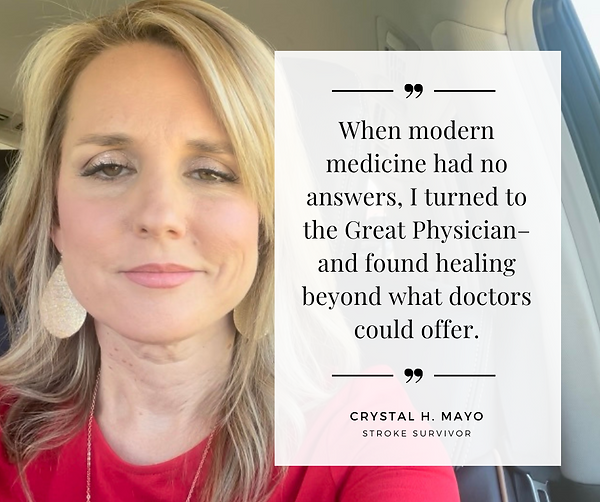
Stroke Awareness
Every Minute Counts in Stroke Response
Recognizing the signs of stroke and acting quickly can save lives and reduce disability.
Know the Symptoms
Remember the acronym FAST to identify the most common symptoms of stroke and know when to call 911 for help
F
Face Drooping
Does one side of the face droop or is it numb? Ask the person to smile and stick out their tongue.
A
Arm Weakness
Is one arm weak or numb? Ask the person to raise both arms. Does one arm drift downward? Are they dropping items?
S
Speech Difficulty
Is speech slurred or texting garbled? Is the person unable to speak or hard to understand? Ask them to repeat a simple sentence.
T
Time to Call 911
If someone shows any of these symptoms, even if they go away, call 911 and get the person to the hospital immediately.
Other Stroke Symptoms
-
Sudden numbness or weakness of the leg
-
Sudden confusion or trouble understanding
-
Sudden trouble seeing in one or both eyes
-
Sudden trouble walking, dizziness, loss of balance or coordination
-
Sudden severe headache with no known cause
My
Stroke
Story











Pull Up a Chair and Hear Crystal's Journey
FAQ
Stroke Prevention
Many strokes can be prevented through healthy lifestyle choices and effective medical management.
This page reflects what I've found works best for me and what I prioritize.
Please remember: this is general information and not a substitute for professional medical advice.

Healthy Lifestyle
Eat a clean, balanced diet
-
I focus on whole foods and avoid gluten, dairy, and sugar as part of my personal wellness routine.
Limit salt intake
-
Keeping sodium low helps manage blood pressure and protect heart health.
Stay hydrated
-
I aim to drink about half my body weight in ounces of water each day.
Exercise regularly
-
Moving my body at least five times a week helps keep my heart and brain healthy.
Maintain a healthy weight
-
Weight management plays a key role in overall stroke prevention.
Avoid alcohol and smoking
-
I choose not to drink or smoke, both of which are known risk factors for stroke.

Medical Management
Monitor and control high blood pressure
-
High blood pressure is a leading cause of stroke. I keep track of mine regularly.
Understand medications
-
I ask questions about prescriptions, understand potential side effects, and seek alternatives when available.
Get regular checkups and blood work
-
Comparing lab results year over year helps me catch changes early and stay informed.
Seek second opinions
-
When I have concerns, I don’t hesitate to get another medical perspective.

Know Your Risk Factors
Race, Age, Gender. Prior Stroke. and Family History are all factors that play a significant role in your health.
-
Understanding family history is powerful. Ask questions in all generations to see if there are any commonalities or concerns.
-
Learning family genetics can help you can turn on good and bad genes with healthy lifestyle choices.
-
Compare lab results with siblings and keep records to share with descendants.
Resources and Support
Find helpful resources for stroke prevention, recovery, and support.
National Organizations
American Stroke Association
Information on stroke prevention, treatment, and recovery.
CDC Stroke Information
Educational materials and statistics about stroke in the United States.
Support
Find a Stroke Support Group Near You
Helpful Resources
Books by Survivors, for Survivors
My Dietitian
Dr. Dogs Therapy
A Louisiana organization that is an international registry of certified therapy dog teams.
Remember: Time is Brain
 |  |  |  |
|---|---|---|---|
 |  |  |
